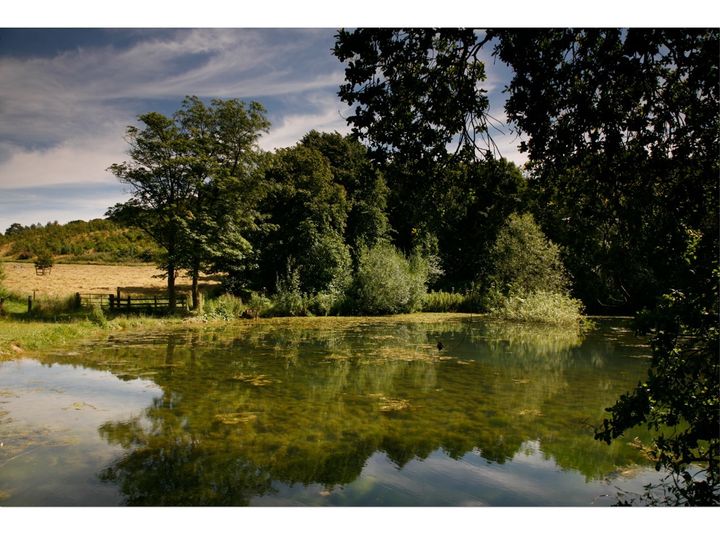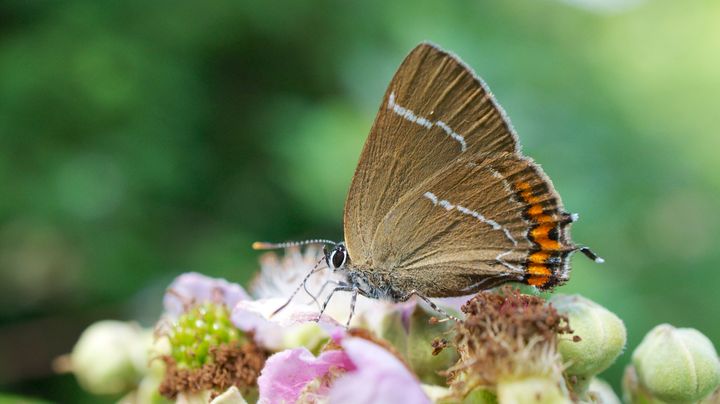On the windowsill behind my desk is a shiny, black beetle cast in resin that catches the morning sun. I bought it from a junk shop on a whim as it reminded me of catching beetles as a child. I’ve been staring at that beetle as I try to digest a study of nature reserves in Germany highlighting a 75% collapse in insect abundance. It may not have grabbed the headlines, but this news should be enough to stop us in our tracks.
When did you last see the splat of an insect striking your windscreen or send up a cloud of grasshoppers while walking the dog? These were all commonplace for my childhood but are a rare experience for my own children. How has this happened within a generation, within my generation, on my watch? The science is now telling us what we have surely known for years. And yet somehow it has crept up on us, this strange silence falling over our meadows.

The National Forest is home to thousands of varieties of insects, who thrive in wooded areas but were reported to be on the decline.
The study points to pesticide use as the likely culprit. After dramatic loss of habitats, a changing climate and increasing urbanisation, maybe we have reached a tipping point and pesticides are the final straw. It does seem ironic that while we are spending millions each year on pesticides, we are also funding work to encourage our pollinators. Is this really the best we can do?
The sheer scale and reach of the insect world is difficult to comprehend, and the uncomfortable truth is that we simply don’t care enough to understand. I first picked up a copy of the entomologist Edward Wilson’s The Diversity of Life as a seventeen year old and can still remember being staggered by the numbers. We like to think that mammals are the pinnacle of evolution, but there are around 1.5 million insect species known to science and only a mere 4,000 mammal species. Which would you say is more successful?
Yet, despite this diversity, the importance of insects to our lives is only now slowly being recognised. As pollinators for our agriculture, horticulture and wild plants, as decomposers of decaying matter, as predators of pest species, or as prey for larger animals many of whom are also facing serious decline. They are the lynchpin, the ecological glue without which our natural systems cannot function. Indeed, Wilson suggests that if insects were to disappear, humans would probably last no longer than a few months.
But I am an optimist in all this. Just as we have witnessed the decline in insects in only 25 years, positive change can also happen as quickly. In the National Forest, the last 25 years has seen the landscape transform beyond recognition with 8.5 million trees planted. With the trees has come a wildlife resurgence. Only recently, a small stretch of newly planted elm has heralded the return of the white-letter hairstreak butterfly in the Heart of the National Forest, a species that has declined by 96% in the last 40 years across the country. If this small, specialist butterfly can recover so rapidly then surely this gives hope for the plight of our insect populations to reverse the decline.

I know bugs aren’t everybody’s thing and not everyone will want a beetle on their windowsill, but you don’t have to love them to care about them. And right now, not caring isn’t an option. It’s time to stand up for the less glamorous; the soils, the fungi, the insects, and take action for the very fabric of our fragile planet.
John Everitt
November 2017
